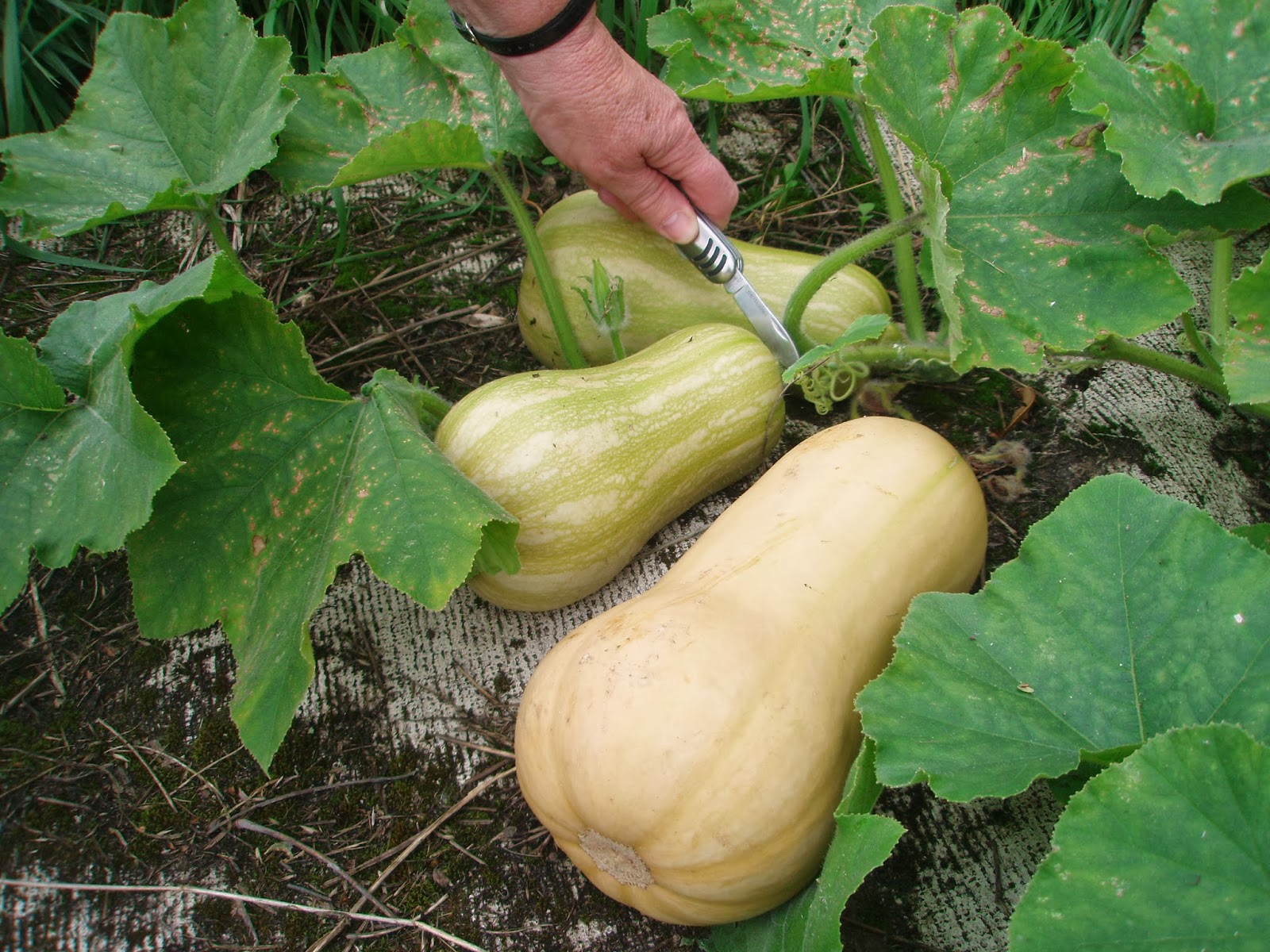Butternut squash are popular vegetables known for their sweet nutty flavor and smooth texture when cooked. They have trailing vines that can spread over 15 feet along the ground in the garden. This rambling growth habit prompts many gardeners to wonder – do butternut squash need a trellis or other vertical support structure?
While trellising butternut squash is not an absolute requirement, doing so provides some key benefits compared to letting the vines run along the soil. In this article, we’ll explore the advantages and potential drawbacks of trellising butternut squash to help you decide if it’s the right choice for your garden.
The Case for Trellising Butternut Squash
Here are some of the top reasons why growing butternut squash vertically can be advantageous
Save Garden Space
Butternut squash vines need lots of room to sprawl when left to grow along the ground They often spread 5 feet or more in all directions from each plant
But when grown vertically on a trellis, the vines can be contained in a tighter area. Squash can be planted just 1-2 feet apart when trellised rather than the recommended 3-6 feet between plants for ground growing.
Reduce Disease & Rot
Wet foliage and fruits resting on damp soil create prime conditions for fungal diseases and rot to develop on squash plants. Trellising brings the vines up off the ground and allows for better air circulation to keep the leaves drier. It also prevents the fruits from sitting directly on wet earth.
Easy Monitoring & Maintenance
Spotting and removing pest eggs or larva is quicker and easier when vines grow vertically. Issues like powdery mildew and signs of squash vine borers can be identified faster on trellised plants versus tangled ground vines. And vines up a trellis don’t block access for pruning, weeding, or harvesting.
More Attractive Plants
The vining habit of butternut squash looks beautiful and adds visual interest when displayed on a vertical support. It keeps the garden neat while showcasing the large leaves and trailing stems.
Easier Harvesting
As fruits ripen on vertically-grown squash, they hang at an accessible height instead of hidden under leaves on the ground. This makes harvesting safer and simpler without having to search through foliage or bend over repeatedly.
Potential Drawbacks of Trellising Butternut Squash
While trellising has some clear benefits, there are a few potential disadvantages to consider as well:
-
Added expense – Having to construct or purchase trellises increases costs. This may outweigh the value of space saved for small plantings.
-
Extra time investment – It takes time to set up trellises and train vines. The trellises will also need to be removed and stored at the end of the season.
-
Possible support needed – Butternut fruits often don’t require support on a trellis. But very large fruits above 5-10 lbs could possibly need a sling.
-
Potential for injury – Vines could get pinched or damaged if not guided properly through trellis openings and over the top.
-
More pruning required – Leaving excess vines growing along the ground helps reduce weeds. Trellised vines may need more pruning to prevent overgrowth.
Best Practices for Growing Butternut Squash Vertically
If you opt to trellis your butternut squash, following some key tips will help ensure success:
-
Use tall trellises of at least 5-7 feet to accommodate vine length.
-
Construct or buy trellises with openings big enough to fit fruits through.
-
Guide vines carefully through trellis grids as they grow to prevent injury.
-
Train vines upward early before extensive spreading occurs.
-
Prune excess foliage to allow sunlight and air movement.
-
Check vines daily and retie or reposition as needed for support.
-
Allow just 1-2 main vines to grow up each side of the trellis.
-
Pinch off secondary vines to control growth and productivity.
Final Thoughts on Trellising Butternut Squash
Butternut squash plants don’t require trellising, but doing so can allow for a more productive use of garden space. It also makes maintenance simpler and helps reduce disease issues. Just be sure to weigh the time and costs involved before deciding if trellising is right for your specific needs and conditions.
With proper care when setting up and guiding vines, you can successfully grow healthy, bountiful butternut squash up a trellis. And the eye-catching display of vines climbing vertically is sure to impress!
Frequently Asked Questions About Trellising Butternut Squash
What type of trellis should I use for butternut squash?
Use a sturdy trellis at least 5 feet tall made from materials like cattle panels, concrete reinforcement wire, or PVC pipe. Opt for wire openings big enough to fit fruits through.
Do all winter squash varieties need to be trellised?
No, smaller types like acorn squash don’t require trellising. But larger vine-growing varieties like hubbards may also benefit from vertical support.
When should I start training butternut squash vines up a trellis?
Begin guiding vines upward once they reach 3-4 feet long. Train them through trellis openings before extensive spreading occurs.
How far apart should I space trellised butternut squash plants?
Trellised butternut squash only need 1-2 feet between plants since vines grow vertically. Ground-growing plants need 3-6 feet spacing.
How much weight can a butternut squash trellis support?
Properly built trellises can likely support 15-20 lbs of fruit per plant without issue. Very large fruits over 10 lbs may require a sling for extra support.
Butternut Squash Growing Tips and 4 Ways to Trellis It
- A Complete Guide to Caring for Yuki Cherry Blossom Shrub - January 23, 2025
- Identifying Red Hot Poker Seeds: What to Look For When Harvesting Torch Lily Pods - January 23, 2025
- A Complete Guide to Harvesting Evening Primrose Seeds - January 23, 2025

